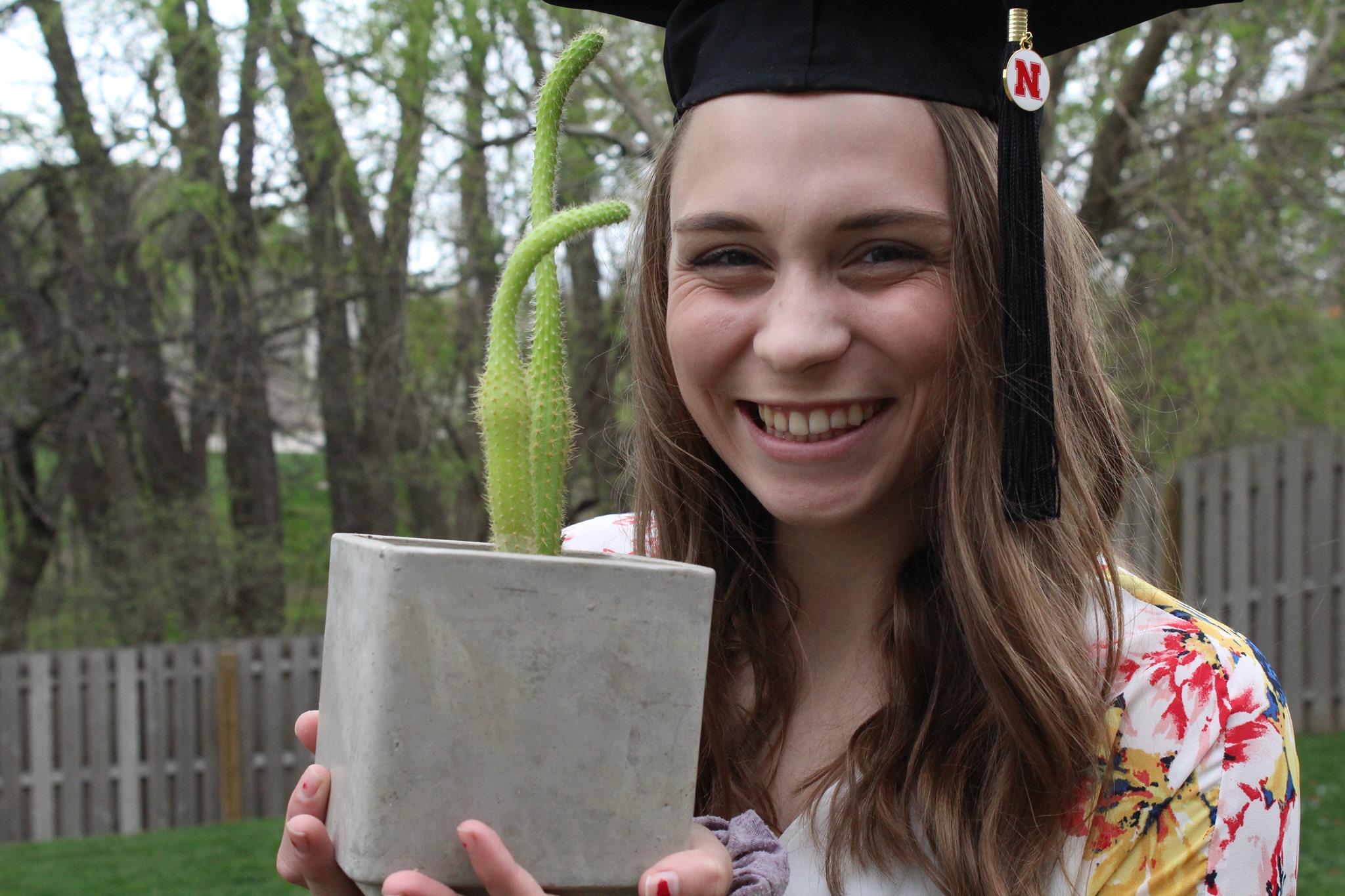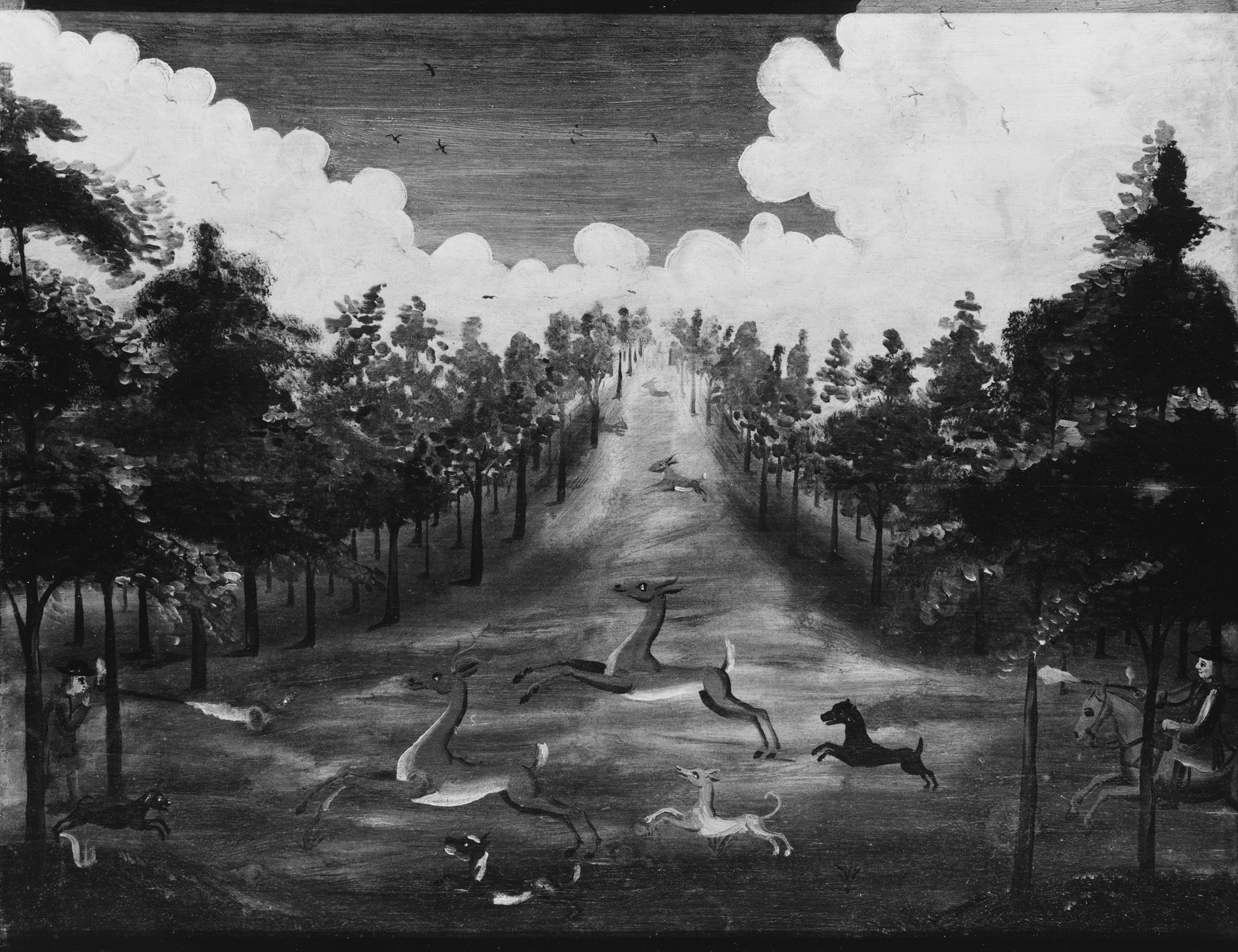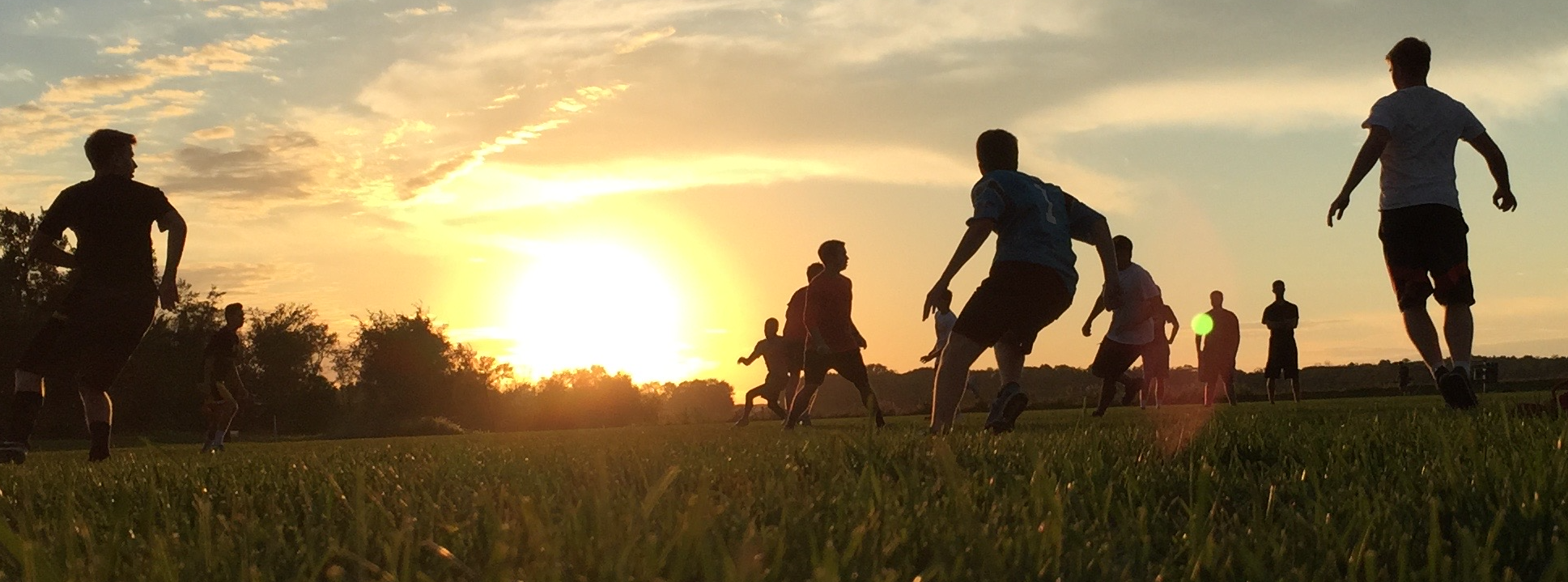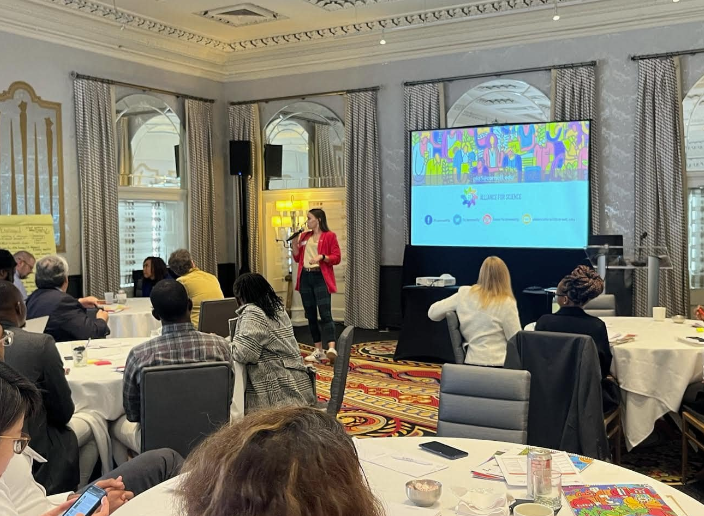When I think about the suburban USA the main image that comes to mind is a bright, prim, proper, and trimmed yard with fresh turf and maybe a berm with a rose bush. However, in recent years, there has been a push to move away from these cookie-cutter landscapes and toward a more natural or wild lawn in suburban areas. This shift has been fueled by the impact humans have on natural ecosystems. One of the largest areas lost to development is lawn space. In the continental US, over 40 million acres of land are lawn space, which is over three times more than the area dedicated for corn production. Maintaining these lush green lawns takes large quantities of water and fertilizer that impacts the health of our waterways and atmosphere as well as scooping up natural resources that could be utilized elsewhere.
Grasses are sometimes called “carbon sinks†because they sequester carbon in tissue, in the same manner as trees (Example: Trees Atlanta). Although grasses do sequester large amounts of carbon, the use of fertilizer releases nitrous oxide which has 300 times more heat trapping capability than carbon dioxide. Maintaining a lush yard also takes gallons of water. The EPA estimates that in the US 9 billion gallons of water are used each day for irrigation to lawns, piggybacked with three million tons of fertilizer and 70 million tons of pesticides and herbicides are used a year. It is believed that 65% of these make their way into our waterways. This usage impacts human and ecosystem health by causing mineral imbalance in water and soils while exposing organisms to chemicals at toxic levels. This level of intervention destroys any local ecosystems that call your lawn home. With all these statistics you may be wondering, how do we change the ways that are so ingrained in our minds and often monitored or controlled by homeowner associations?

It may be overwhelming at the beginning, but there are small steps each person can take to improve ecosystem health, carbon sequestration, and decrease water usage and maintenance time. It starts with changing the idea that the only good lawn is a “perfectâ€, homogeneous lawn. There are multiple alternatives that can be taken that can still maintain an organized lawn while improving ecosystem heath. The first step would be to survey your lawn for places that are heavily sunny or shaded and areas with heavy drainage or standing water. Then pick where you want only mulched or rocky areas and decide on plants that would do well in those microclimate areas. When choosing plants, be aware of the impact these species may have on the area. Some introduced or invasive species, especially in the US Southeast, have been established by starting in lawn spaces, for example, Chinese privet (Ligustrum sinense). A great way to avoid this is to purposefully plant native species to the region of residence.
Planting native species in your yard is a great way to produce natural ecosystems for insects, mammals, reptiles, and so many others. The Georgia State Botanical Garden (housed in Athens, GA) is a hub for the Georgia Native Plant Initiative. Their goal is to increase the area of native plants throughout the state and the Southeast while also conserving some of this region's most threatened and endangered species. While it would be unwise to house such critical species, they do encourage utilizing your space for native ecosystems and even provide a list of nurseries that provide plants and instruction on how to care for them.
If you do not live near Georgia, here is a more expansive list. It is always important to do your own research before planting as well. Getting in contact with your state's botanical garden would be the best option before planting. These spaces can become a haven for butterflies, bees, lizards, etc. depending on the plants you decide to “rewild†with. One example of rewilding is the nationwide effort to increase the amount of native milkweed for the migration of monarch butterflies. Much of this plant has been wiped out by traditional, monoculture farming and drift from herbicides into ditches and wild areas. Small implementations of these types of plants can make a huge difference to the ecosystems and wild world around us. As well as giving a resting place for butterflies or a home for lizards, these types of plants often need less dedicated time for pruning or training for growth as well as less water and virtually no fertilizer. This is because they are acclimated to growing in this climate and soils naturally.
It may seem like a big undertaking to switch from the lawn you have now, but in the long term switching to a more “wild†lawn will decrease your time spent manicuring it, increase habitat for native organisms, and reduce natural resource utilization and contamination. Big steps are not necessary to make big change, but it takes more than just a few of us to decrease our human disruption to the natural world. Initiatives are taking hold in many areas and HomeOwner Associations across the US to decrease the necessity of perfectly manicured lawns, but it varies by region, state, and city. If you want more resources on how to make the shift or start your own initiative in your area you may find more at the Natural Resource Defense Council, the US Forest Service, or the Environmental Protection Agency.
Featured image: Adam Kerfoot-roberts Attribution-ShareAlike 3.0 Unported (CC BY-SA 3.0)
About the Author
Hi! I am Sammi. I am a Ph.D. Student in the Department of Plant Biology at the University of Georgia working with Dr. C.J. Tsai. I am interested in stress response related to climate change in Poplar trees, specifically involving sulfur transport and orphan genes. I am originally from Nebraska (Go Big Red!) where I grew up and also obtained my B.S. in Biochemistry. I love hiking the north Georgia mountains since moving here and volunteering with shelter cats! In my free time I read, play Switch, attempt to teach myself how to crochet, facetime my sister to see her puppy, and explore Athens
-
Samantha Surberhttps://athensscienceobserver.com/author/samantha-surber/May 21, 2021








